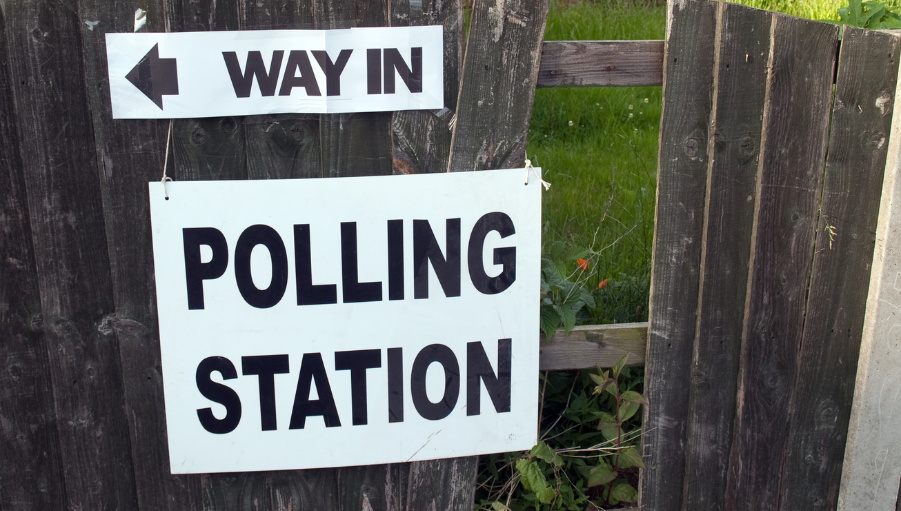
Table of Contents
- House Prices and Regional Performance
- Transaction Volumes and Market Activity
- Supply and Demand
- Impact of the Labour Party’s Election Victory
- Bank of England and Inflation Rate Impact
- Progress in the Market?
Here we go! Another UK Property market Update. We will dig into the juicy topics surrounding house prices and what the Labour party have in store! As we know from June’s property market update the housing market continues to show resilience amid economic fluctuations. Here’s a detailed look at the current landscape:
House Prices and Regional Performance
In June, UK house prices experienced a modest growth of 0.2%, bringing the annual growth rate to 1.5%, according to Nationwide. This stability is a positive sign, considering the economic challenges faced over the past year. The North West and Yorkshire and Humberside led the charge with annual growth rates of 4.1% and 3.7%, respectively. These regions have benefited from being more affordable and less impacted by high borrowing costs compared to the South East and East of England, which saw annual declines of 1.1% and 1.8%.
London, however, remained a bright spot in the South, recording a 1.6% increase in annual values. This growth in London suggests a continued demand for properties in the capital, likely driven by its robust economic environment and employment opportunities.
Transaction Volumes and Market Activity
The number of completed transactions saw a notable rise, reaching 95% of the 2017-19 average in May, the highest since March 2023. This increase was driven by the surge in sales agreed earlier in the year, reflecting a delayed but welcome uptick in market activity.
However, more recent indicators suggest a slight cooling. Mortgage approvals dipped to 92% of the 2017-19 average in May, and the number of sales agreed in June dropped to 94% of the same benchmark. This decline is attributed to the recent rise in mortgage rates, which has dampened buyer enthusiasm.
Supply and Demand
The Royal Institution of Chartered Surveyors (RICS) survey for May highlighted a nuanced picture. While a majority of surveyors reported a decrease in demand, there was a concurrent increase in supply. This imbalance between supply and demand is expected to limit price growth in the short term, as more properties enter the market with fewer buyers.
Impact of the Labour Party’s Election Victory
The Labour Party’s victory in the July 2024 general election has introduced new dynamics into the property market. Keir Starmer’s leadership is expected to bring a shift in housing policies, focusing on increasing the availability of affordable housing and reforming the rental market. However, the immediate impact on house prices and market activity has been limited, as the market is more sensitive to changes in economic conditions such as interest rates and inflation.
Labour’s promises to tackle housing affordability and implement housing reforms have created a sense of cautious optimism among first-time buyers and those in the rental market. Yet, the full impact of these policies will unfold over time as they are implemented and take effect.
Bank of England and Inflation Rate Impact
The Bank of England’s anticipated base rate cut, expected in August following a reduction in inflation to 2% in May, is a significant factor for future market performance. The Monetary Policy Committee (MPC) is poised to reduce interest rates to stimulate economic activity and make borrowing more affordable. Lower mortgage rates could unlock greater demand, providing a much-needed boost to the housing market.
According to the Bank of England, the reduction in the inflation rate has already started to have a calming effect on the market. Furthermore, reducing the pressure on household budgets and increasing consumer confidence. This anticipated rate cut is expected to further enhance these effects, potentially revitalising buyer interest and stabilising the market.
Progress in the Property Market?
As we progress through July 2024, the UK property market demonstrates both resilience and volatility. The modest growth in house prices and the rise in transaction volumes are encouraging. But the recent dip in activity and the imbalance between supply and demand present challenges. The anticipated base rate cut by the Bank of England could be a game-changer, potentially revitalising buyer interest and stabilising the market.
Buyers and sellers alike should stay informed and consider these dynamics when making property decisions. The market’s response to economic policies and the recent political shift will be crucial in shaping the property landscape for the remainder of the year.
Remember to check out our latest article where we interviewed over 160 participants to understand what they thought about their local estate agent.
